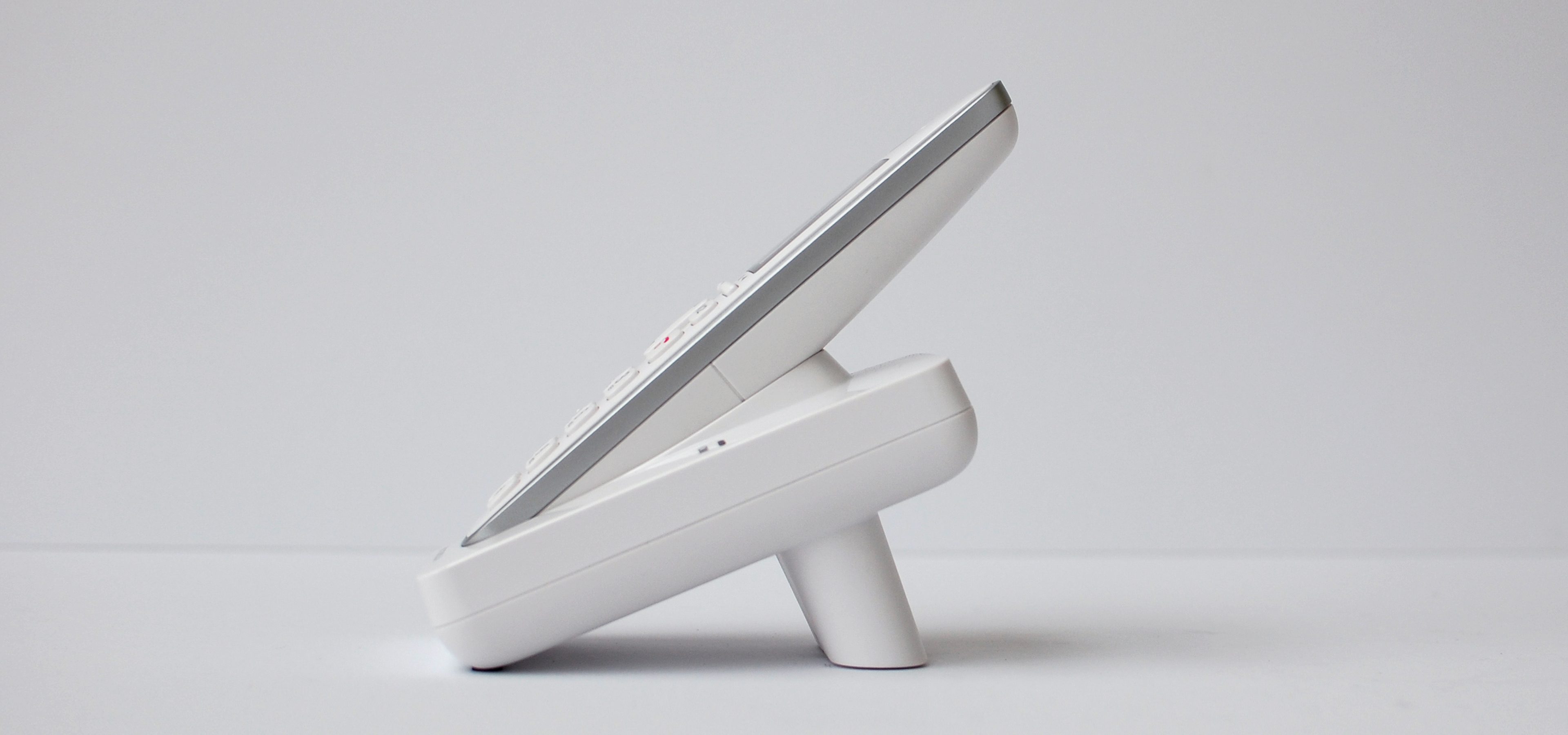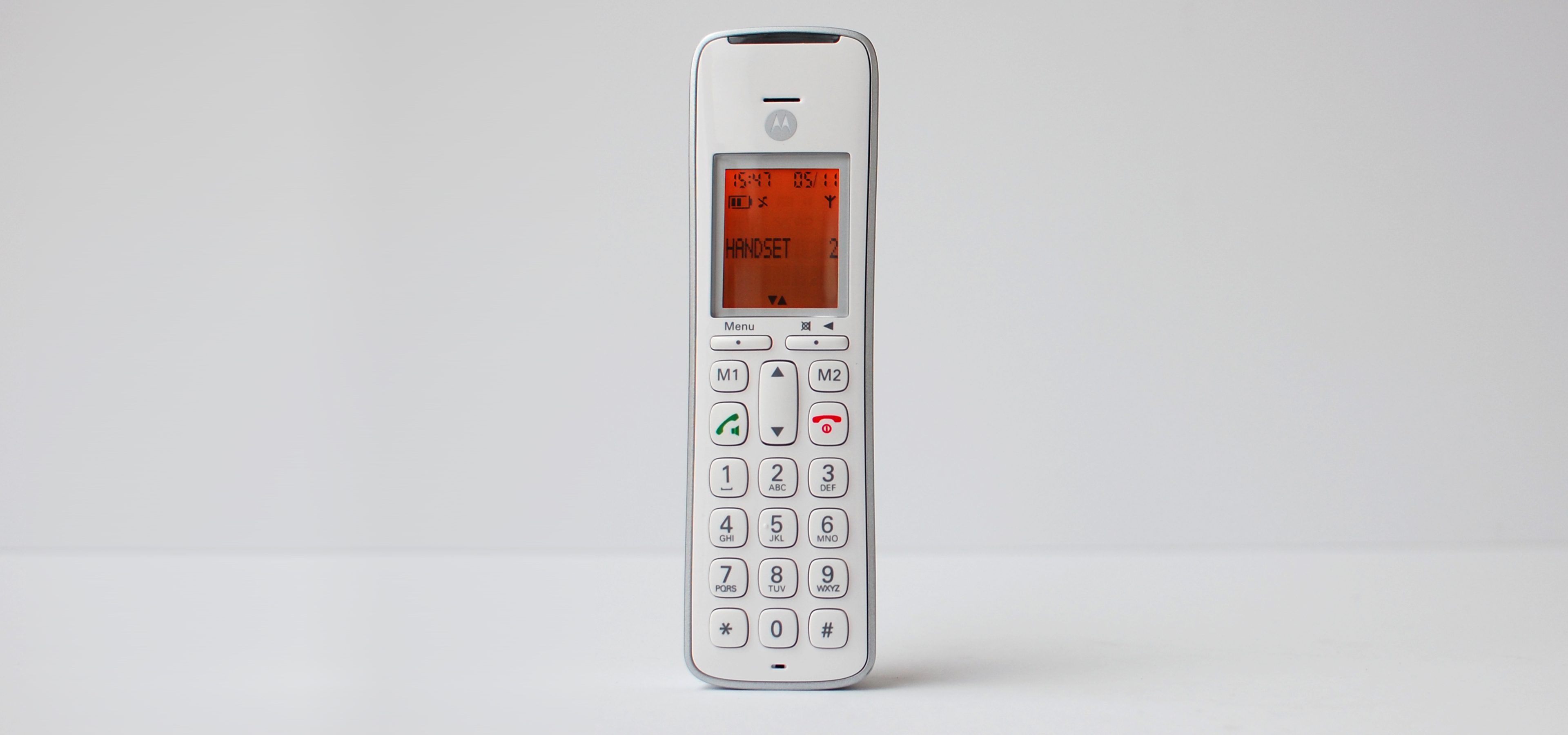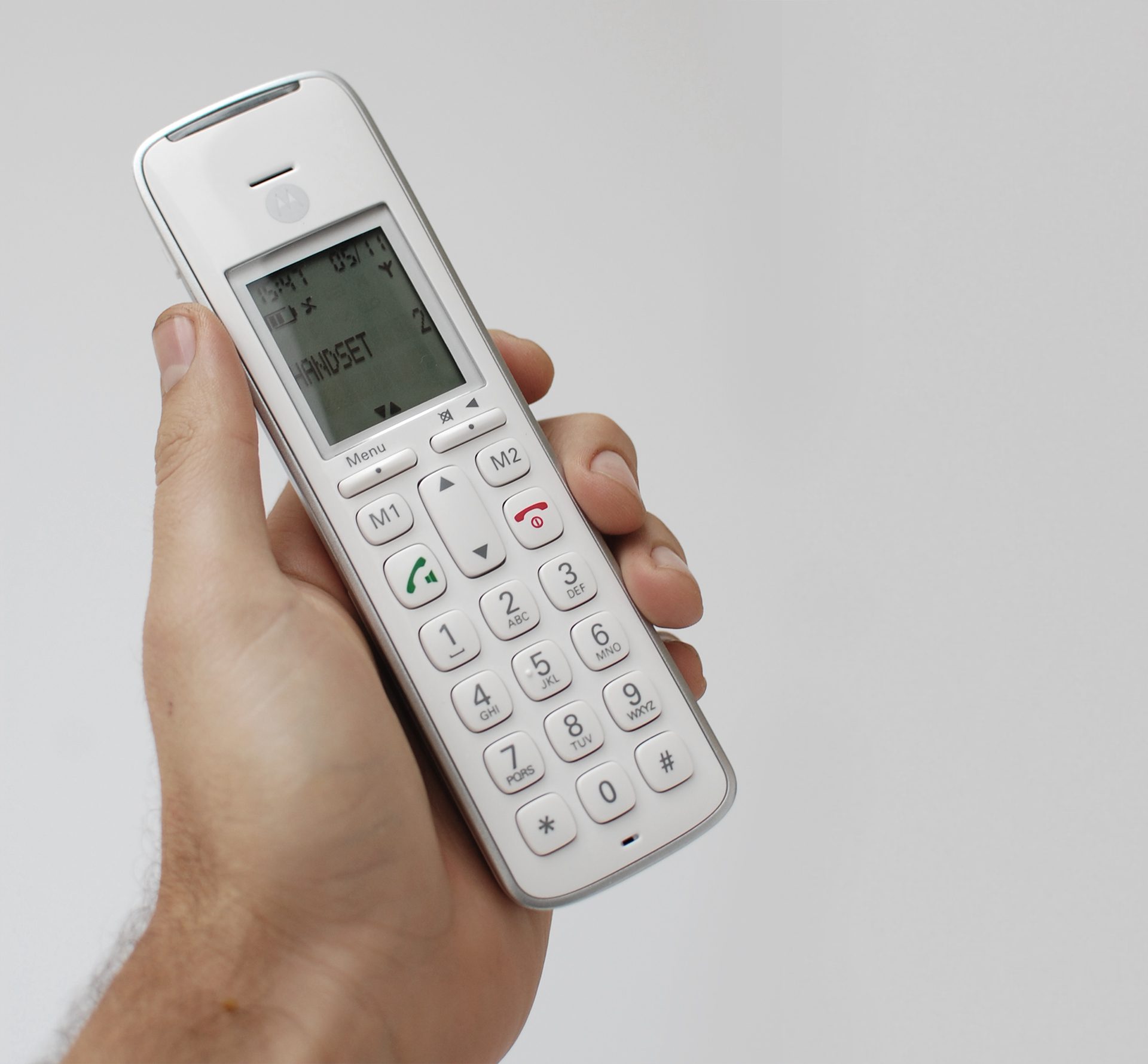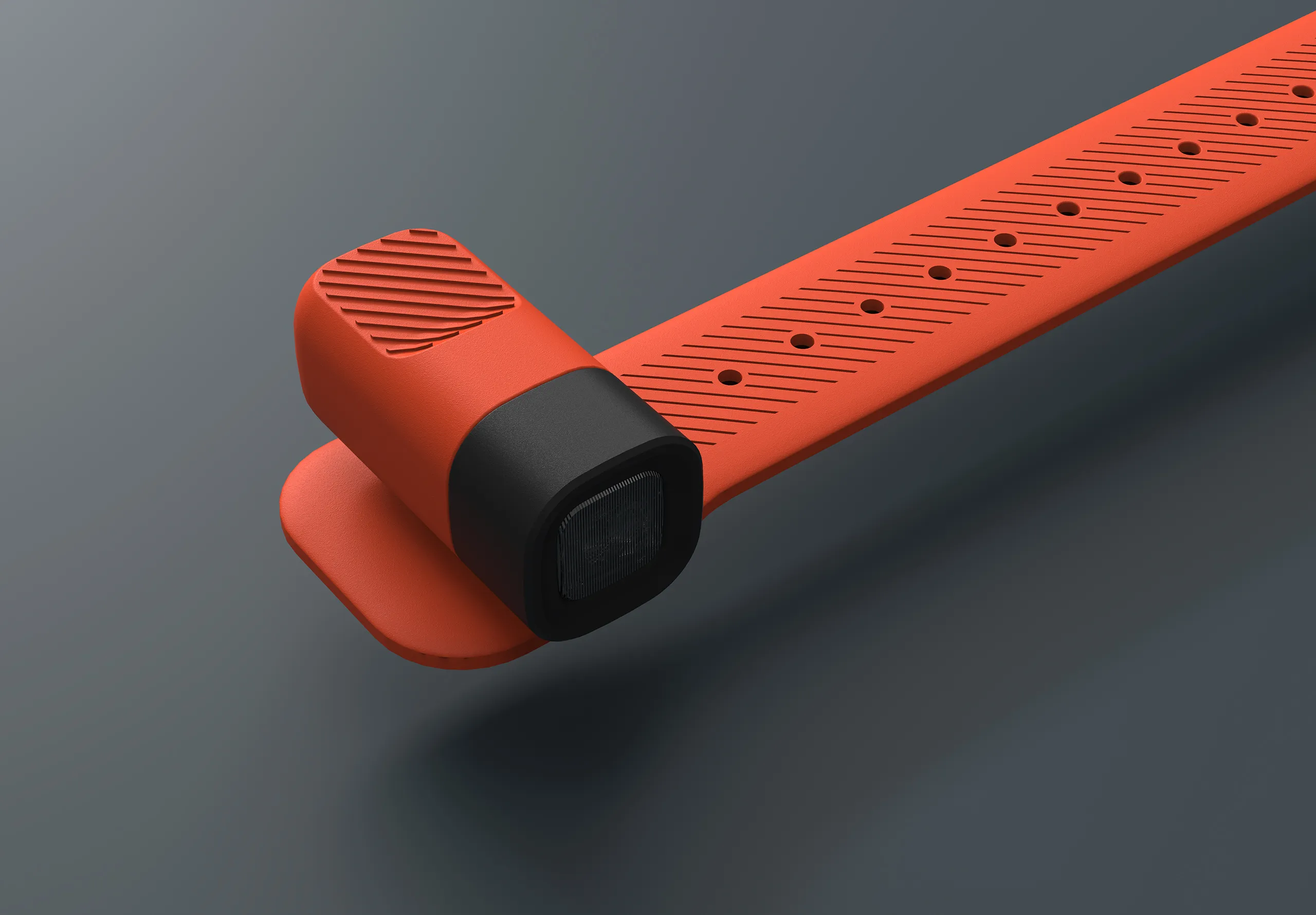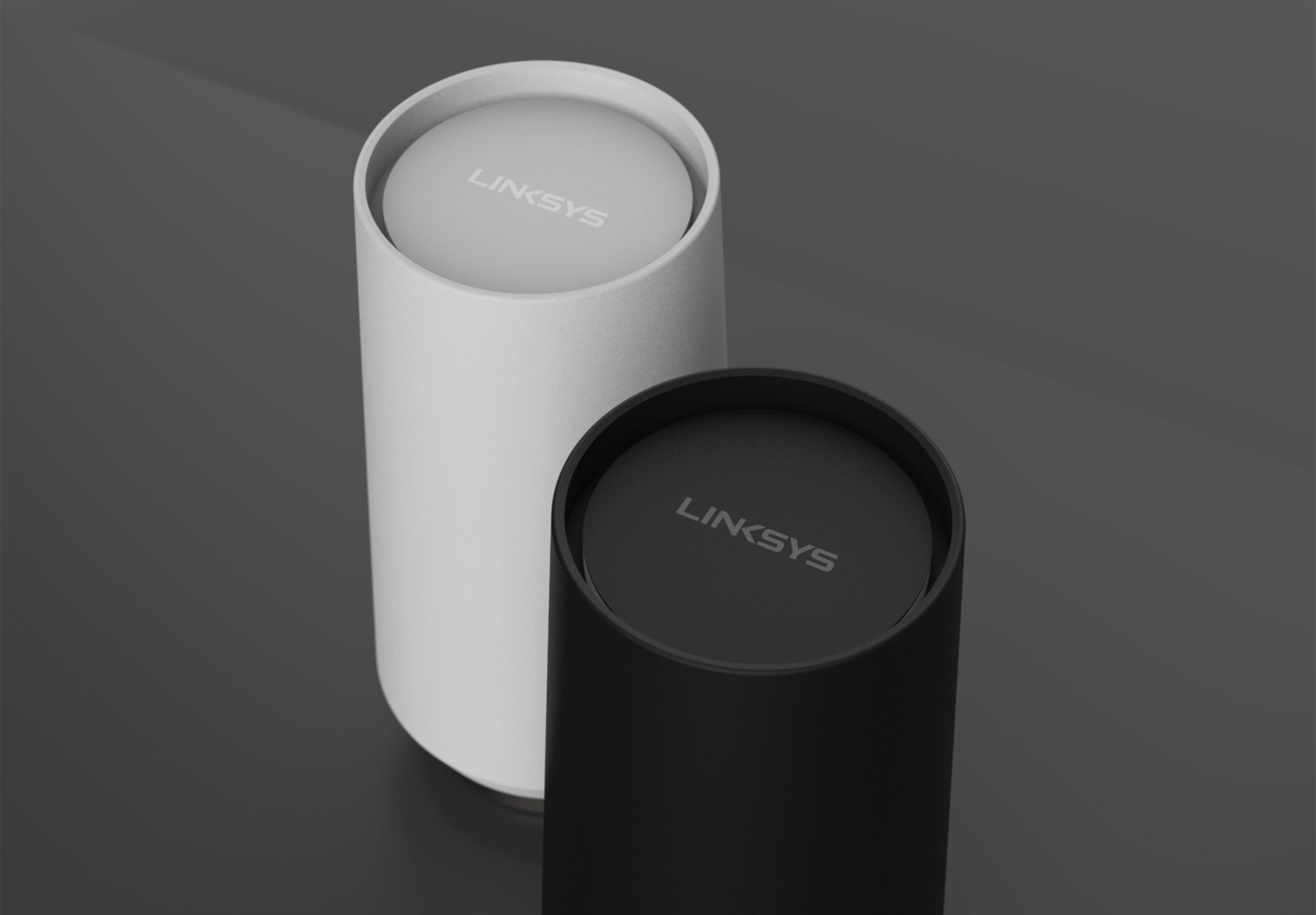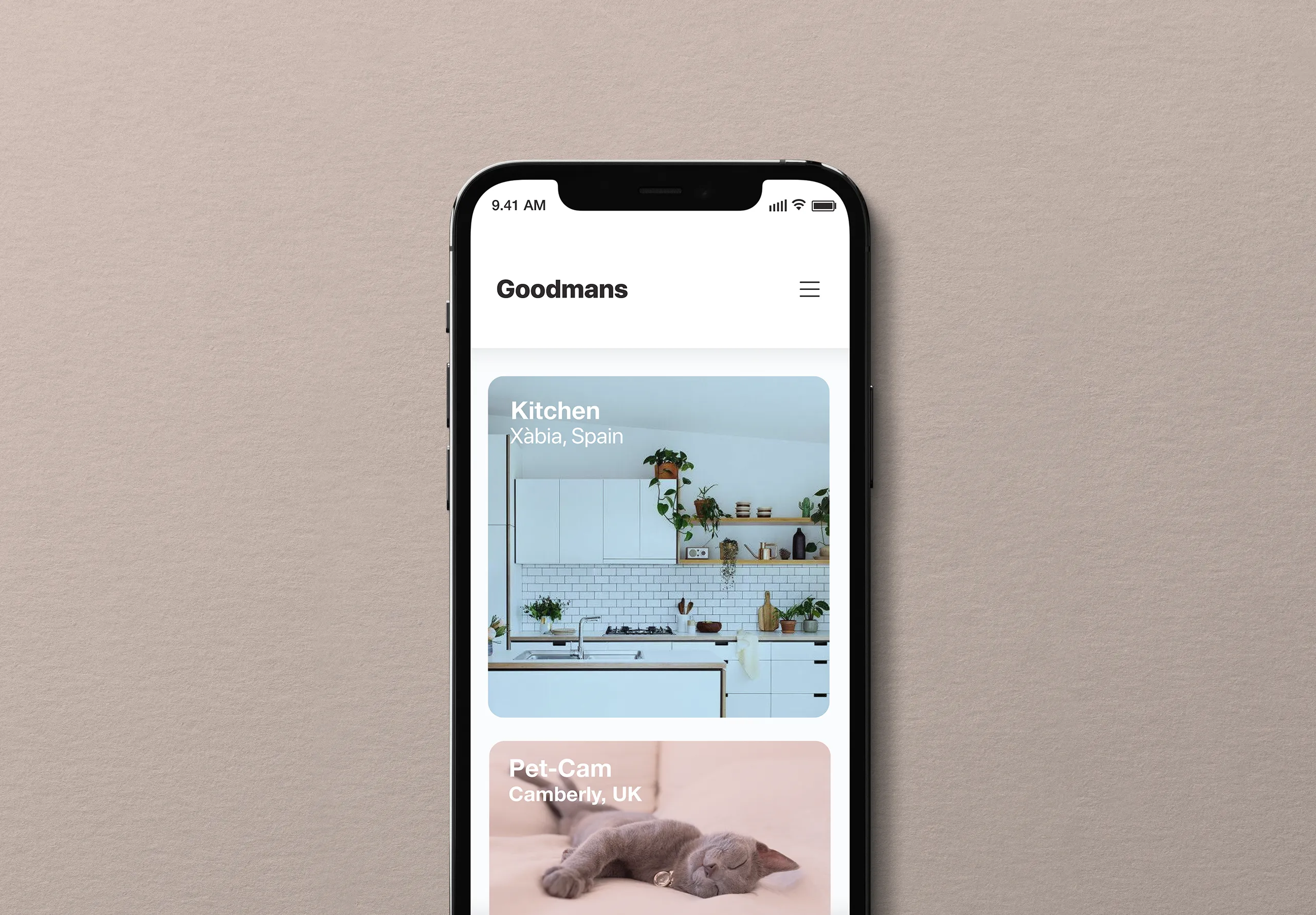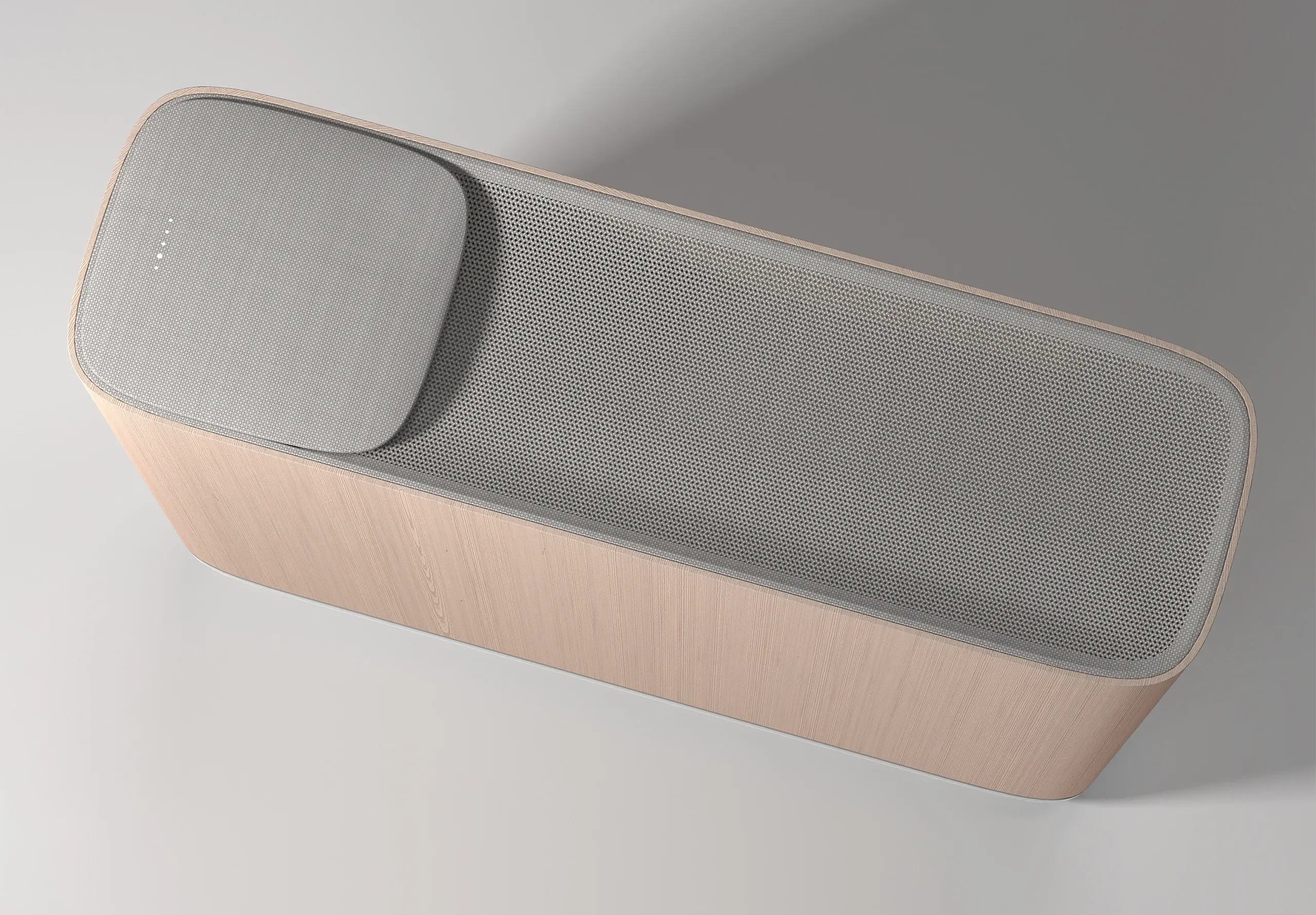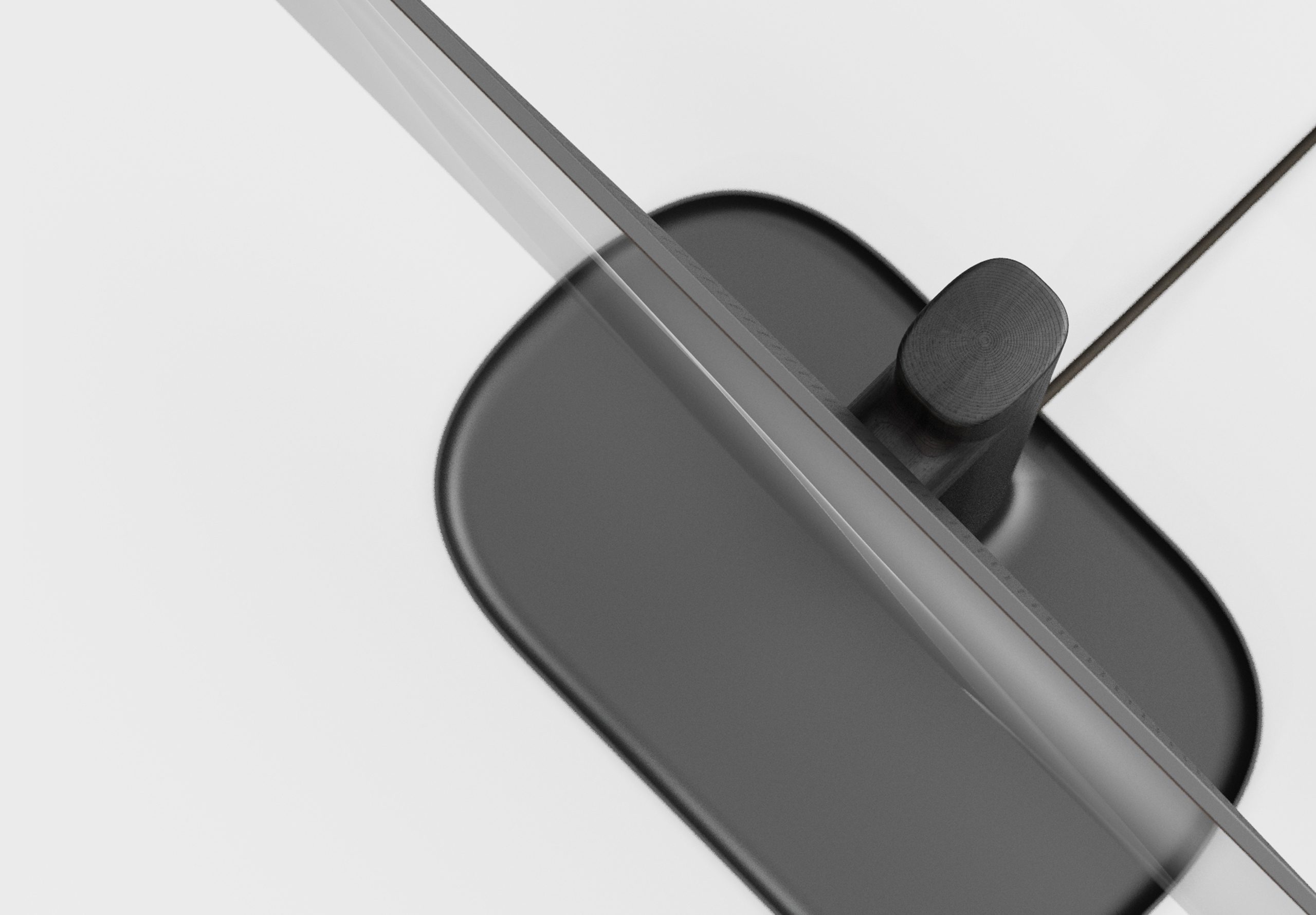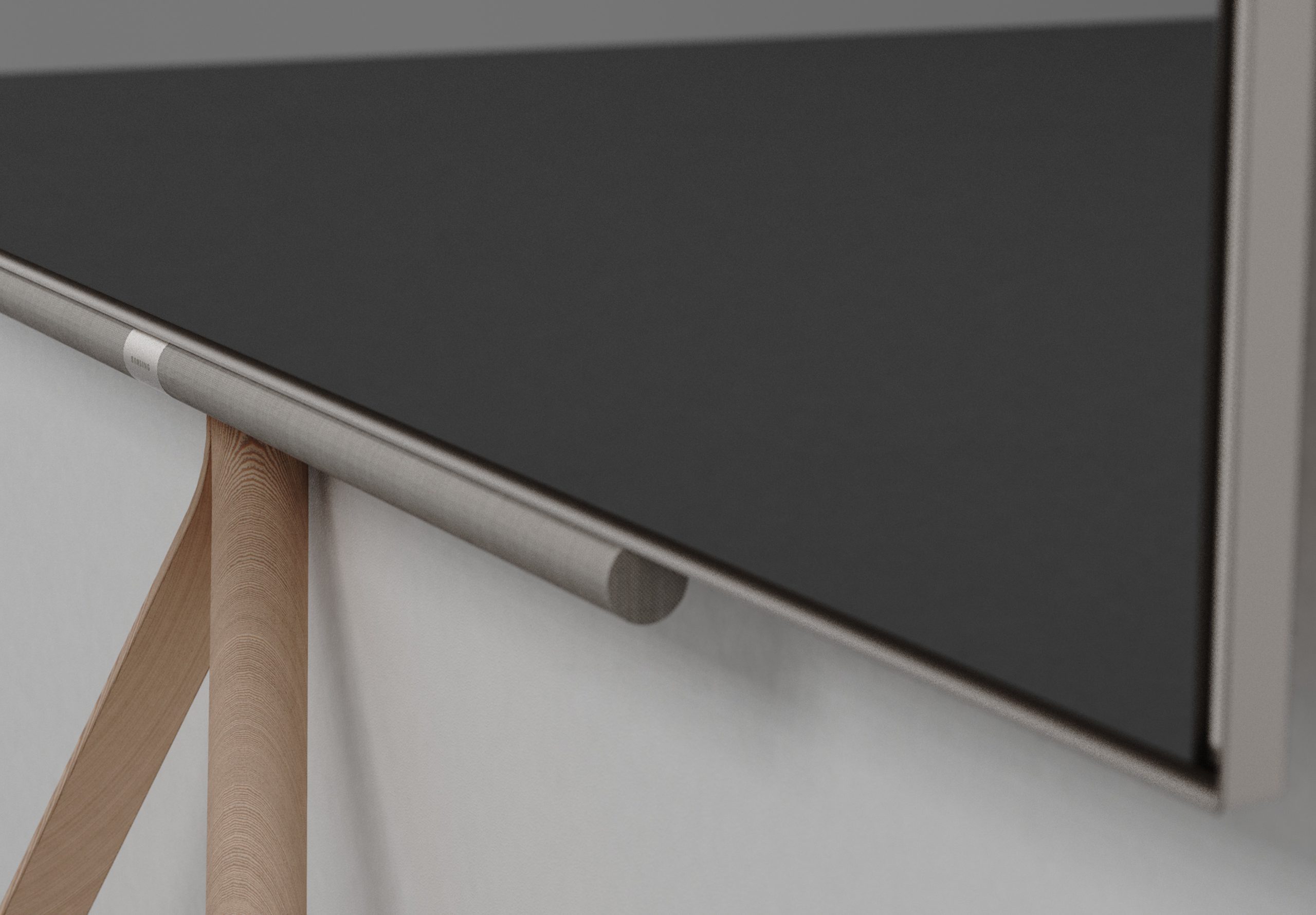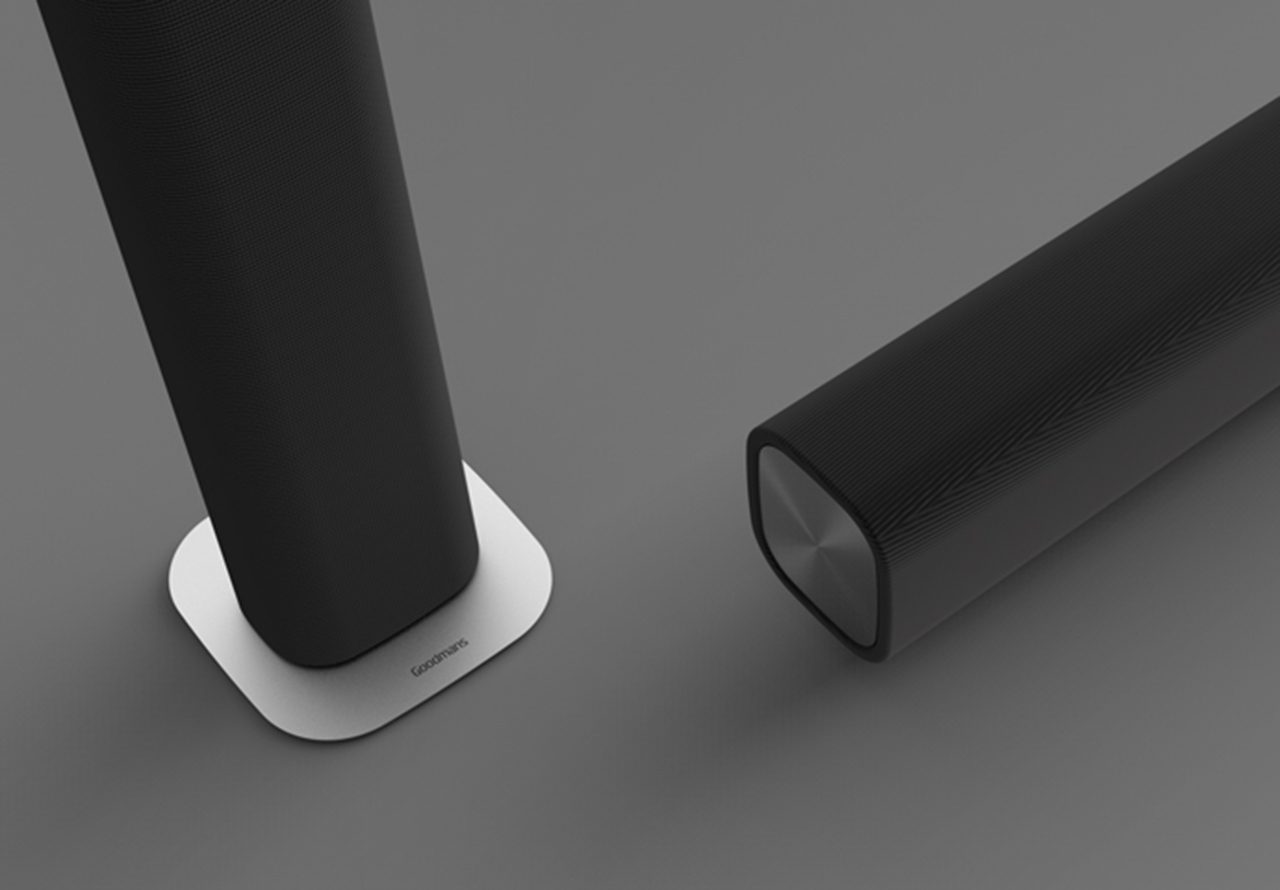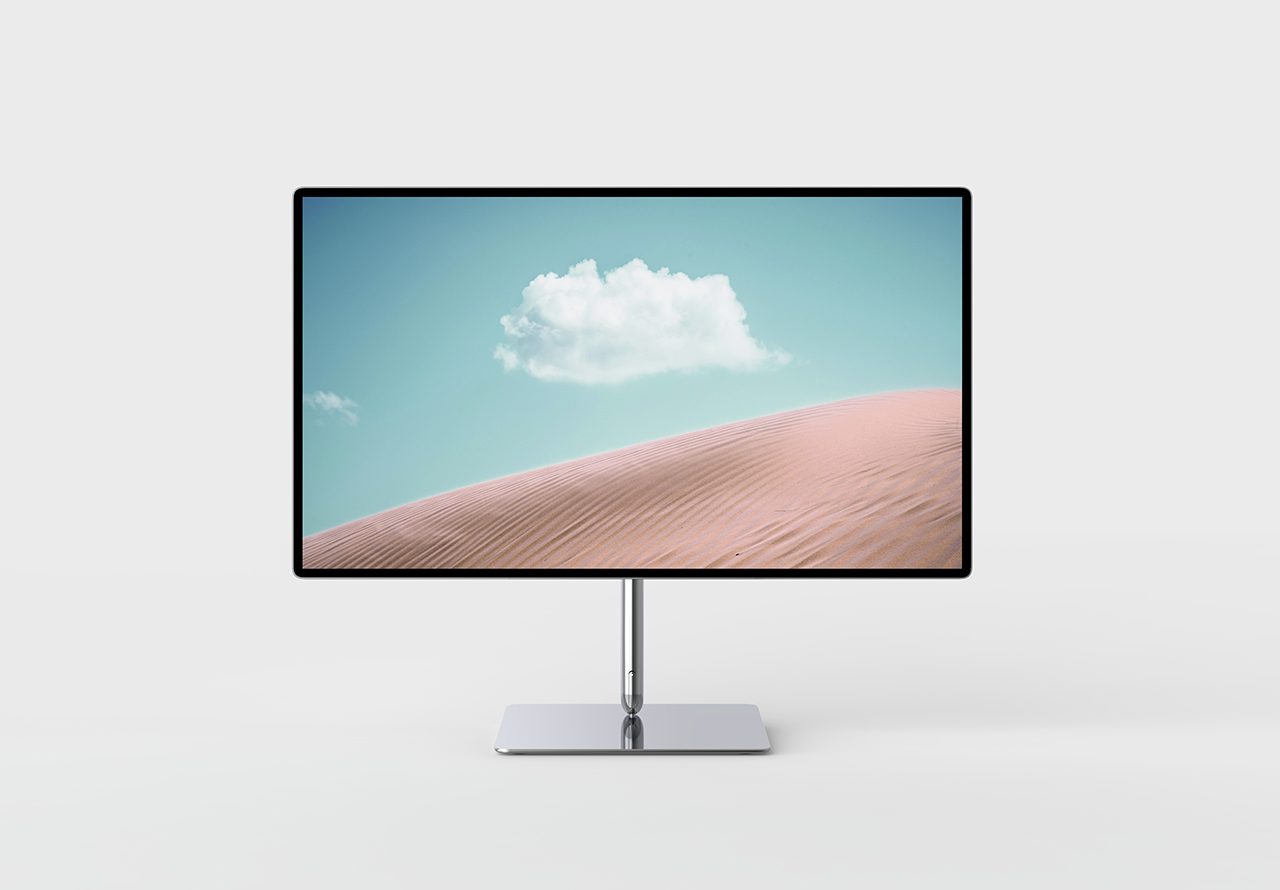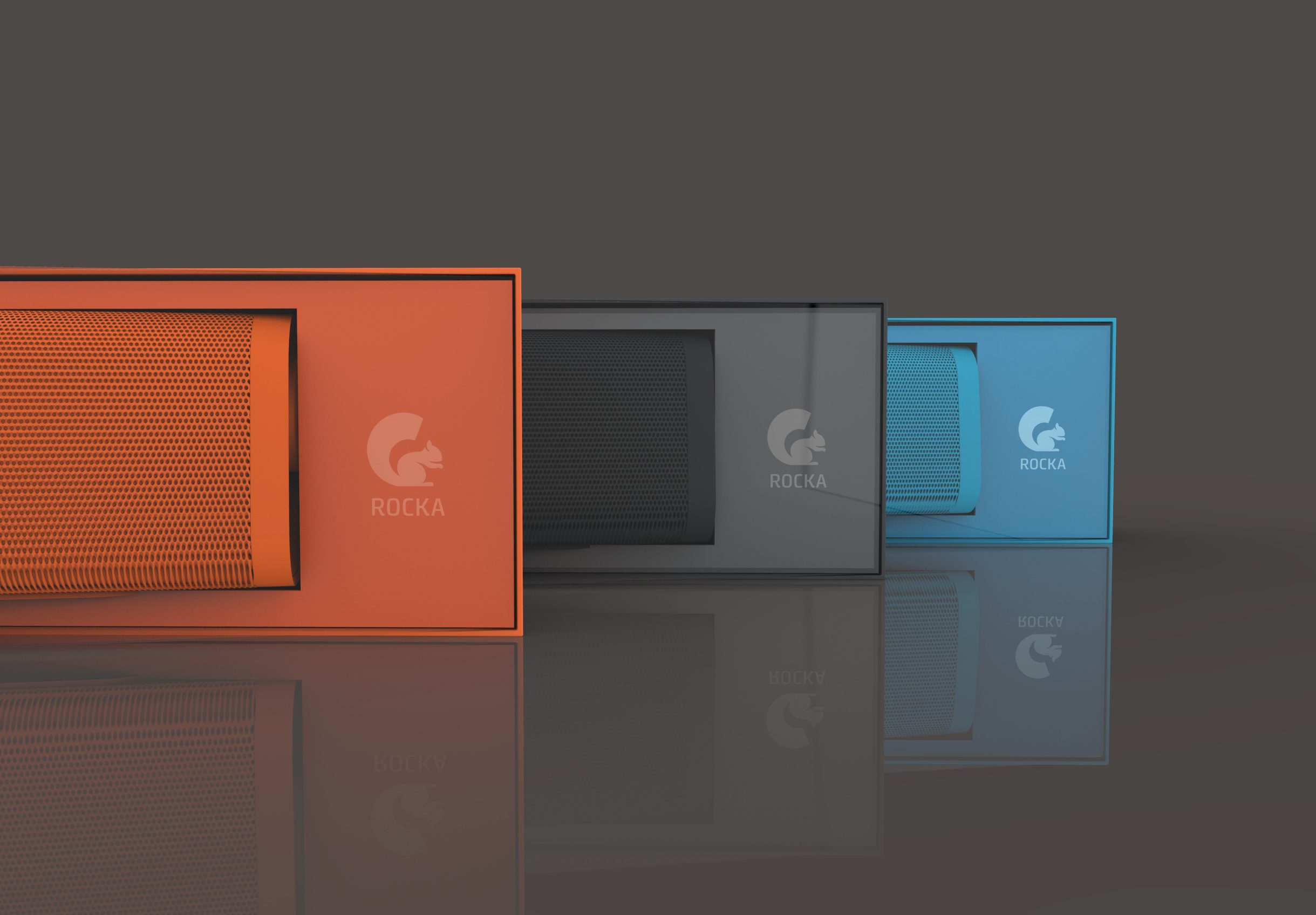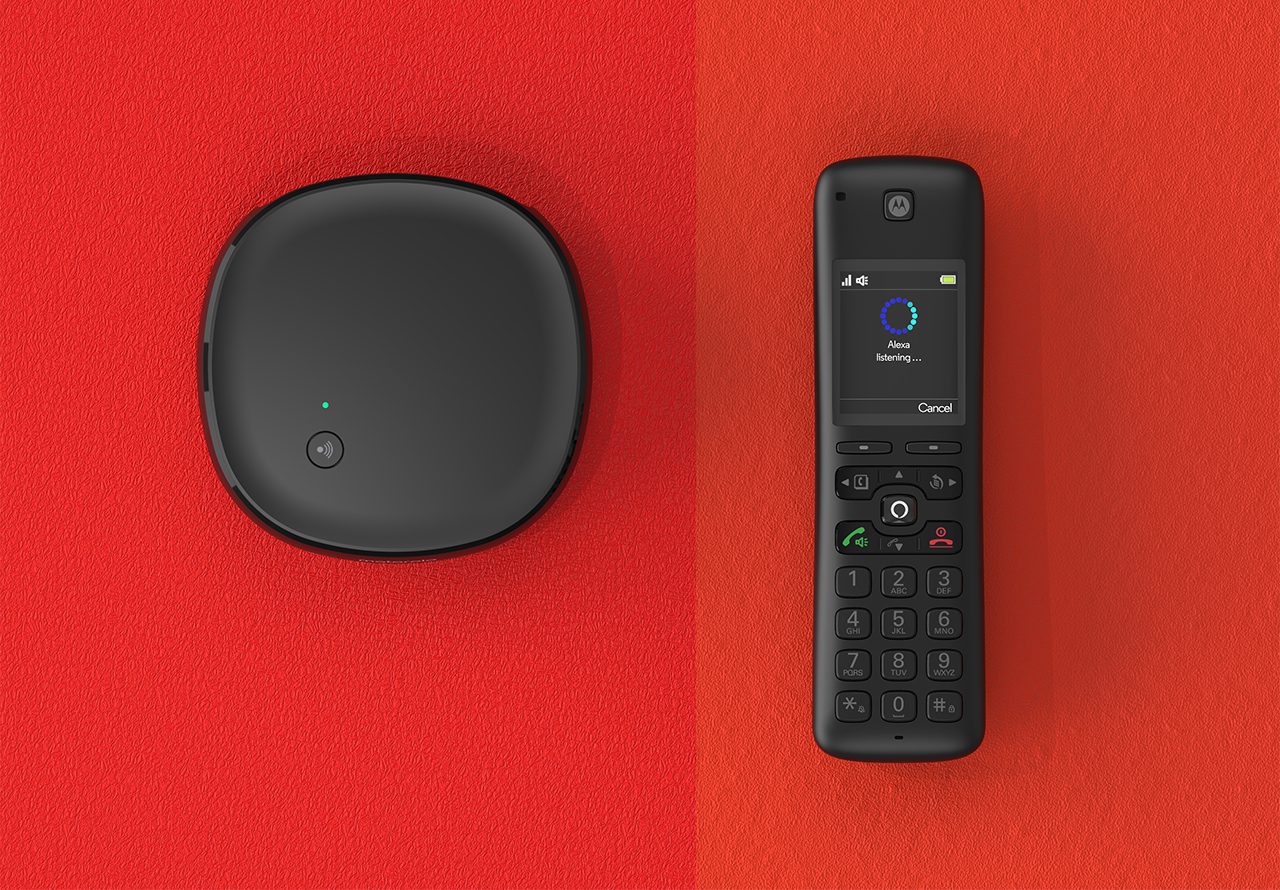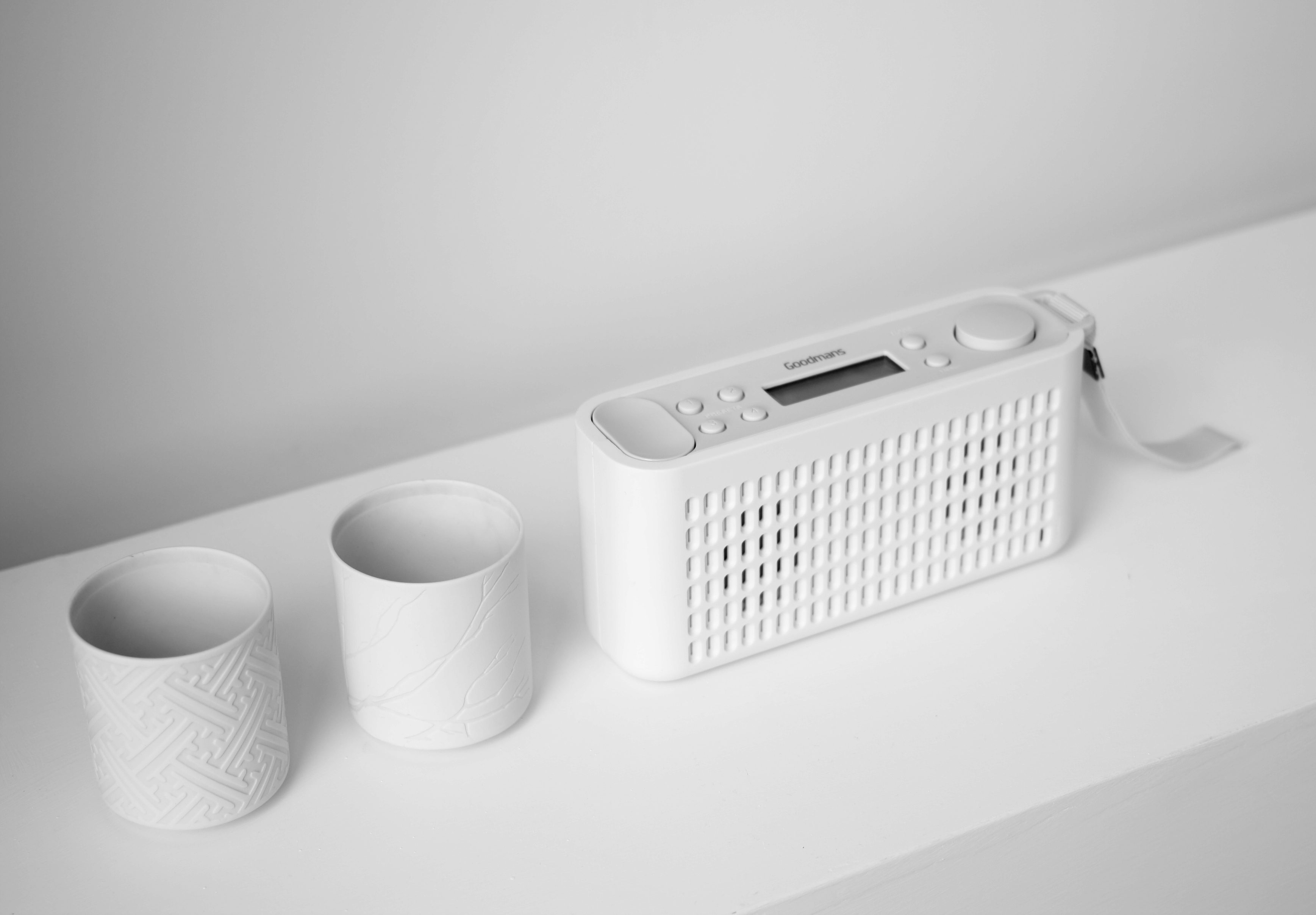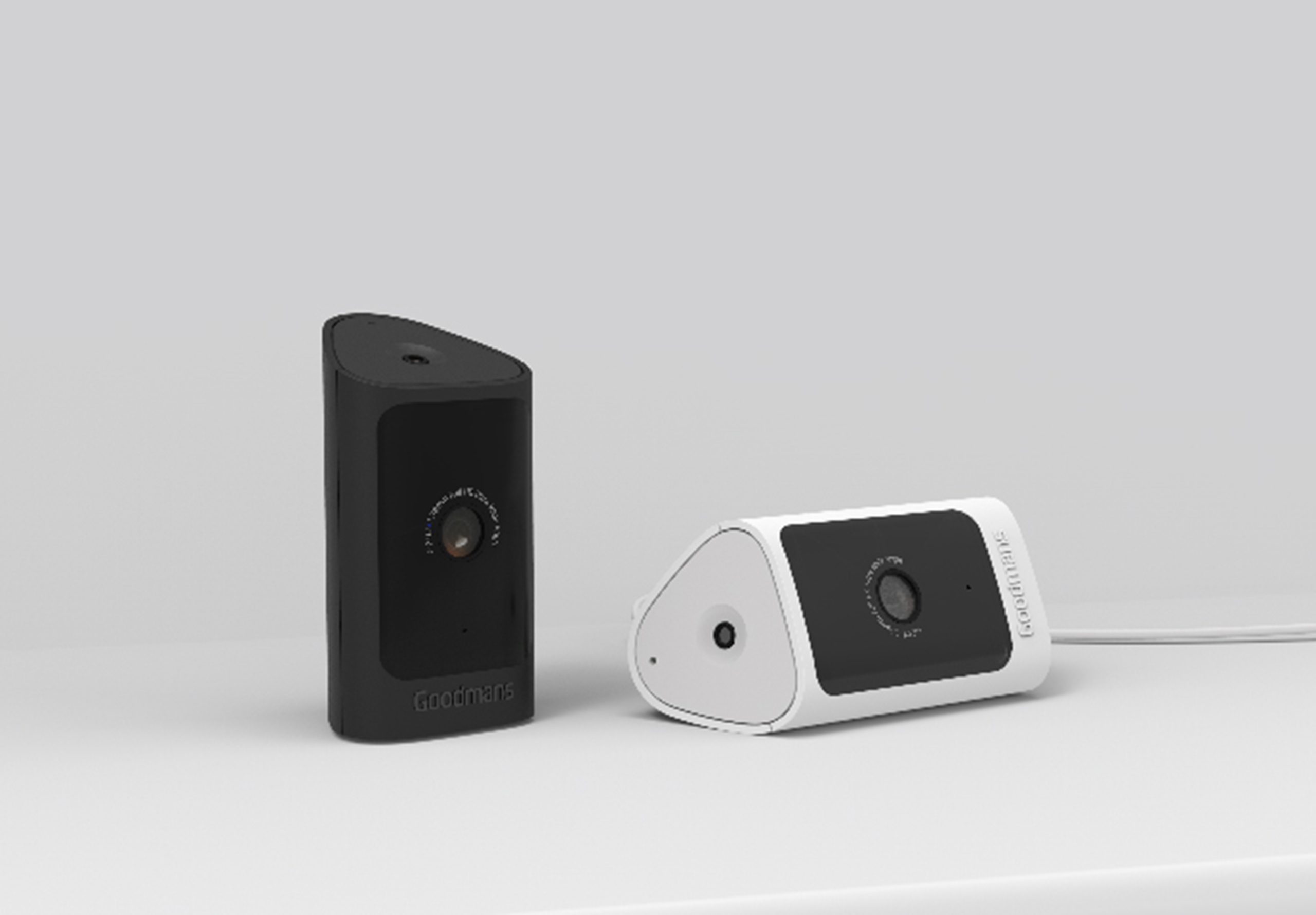Motorola, a global leader in consumer electronics, challenged us to design a domestic telephone that was as elegant as it was effortless to use.
Our goal was to create a handset that isn’t just for one group of users, but truly age-neutral; intuitive, accessible, and desirable for people of all ages and abilities.
In a market dominated by products that serve only some users, we saw an opportunity to create something universally usable, people-centred, and dignified. Empathy drove our approach: our goal was to empower older adults to connect with loved ones and manage daily tasks independently, without compromising aesthetics or desirability.
Our solution combined classic simplicity with ergonomic inclusivity. The Motorola CD1HD handset features generous proportions, an elevated base, and large, widely spaced keys with domed surfaces — ensuring effortless navigation and comfortable dialing. At its heart, it delivers a richer voice experience, enhancing calls while remaining approachable and intuitive for all users. Sympathetic finishes balance style and price positioning, making the handset appealing across demographics.
Launched as the CD1HD, the design remains a commercial and design success, demonstrating that inclusive, age-neutral design delivers both human and business value.
At RODD, we champion inclusive design in every project. By designing for the widest possible range of user needs, products become better for everyone — more accessible, more usable, and more desirable. In short, inclusive design is good design.
